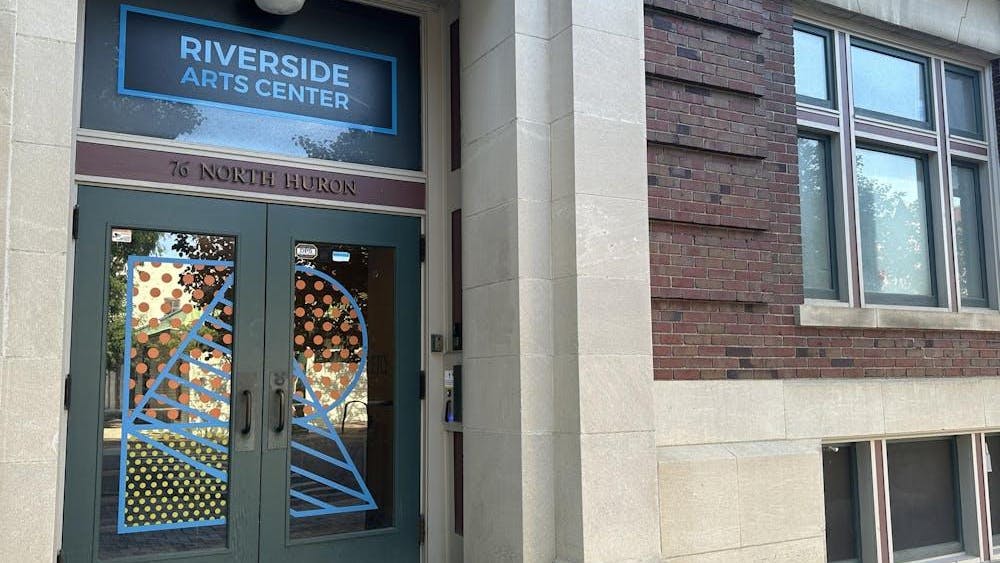During a national press call last Thursday, Secretary of Education Arne Duncan discussed documents released by the U.S. Department of Education to state leaders outlining ways to spend education dollars productively in one of the toughest economic times to date.
Duncan said governors around the country need to figure out ways to minimize a negative burden upon students.
“There is a right way and a wrong way to cut spending, and the most important guiding principle I can offer is to minimize the negative impact on students and seize this opportunity to redirect your spending priorities.”
Duncan, referring to the Last In, First Out policies some districts and unions have in place, said the administration has seen too many young teachers being laid off—typically, those fresh out of college.
“If layoffs are based only on seniority, that doesn’t help kids,” he said. “And particularly doesn’t help the students who need the most help. If you are firing just haphazardly or randomly young teachers regardless of whether they are making a difference in student’s lives that does not help the students that need the most help.”
The policy requires less experienced teachers be laid off first, before educators who have taught for years. According to Duncan, the LIFO policy is enforced in at least fourteen states.
Duncan said the documents provided to governors offer solutions that do not enact policies like LIFO.
“Layoffs will be based on a number of factors,” Duncan said. “We have to provide maximum flexibility.”
Eastern Michigan University freshman Terrence Johnson said learning about the LIFO policy has almost turned him off toward being a teacher.
“I’ve wanted to teach since I was in middle school, but that’s crazy that some states allow that,” Johnson said. “Who’s to say those older teachers can teach better than the younger ones? I think students can identify better with younger teachers.”
The first document released to governors, Flexibility in Using Federal Funds to Meet Local Needs, outlines opportunities currently available to states and districts to invest federal funds.
Duncan said laws governing Department of Education programs allow states to transfer funds among different programs. As an example, Duncan said a share of the money provided for educational technology can be used for programs to improve and reward teachers.
“While we always seek the greatest return on investment for children and taxpayers, we believe states and districts are in the best position to tailor the use of federal funds to meet the individual needs for students.”
The second document, Smart Ideas to Increase Education Productivity and Student Achievement, describes steps states, districts and schools can take to ensure federal dollars support policies, practices and programs that would have a positive impact on students.
The document said student outcomes must be first and policymakers must begin to invest in what works instead of what doesn’t.
Duncan said short-sighted cost-cutting must be avoided.
Reducing the number of the days in the school year, decreasing the amount of instructional time, eliminating instruction in the arts and foreign languages, eliminating high-quality early learning programs, abandoning promising reforms and indiscriminately laying off talented teachers are things that do more harm than good, he said.
Duncan said the Obama administration recommends more school districts implement more Early-College high schools and dual-enrollment opportunities.
By enabling students to replace some of their high school courses with more rigorous college-level courses, money is saved while increasing student achievement, the document said.
EMU’s Early College Alliance program, an education program giving students an opportunity to earn college credits while still in high school, has a partnership with local school districts such as the Washtenaw Intermediate School District, Ypsilanti Public Schools and Whitmore Lake Public Schools.
The ECA enables students to graduate from high school with a diploma and up to 60 college credits.
EMU sophomore Daniel Wood said he has a few friends that participated in the ECA.
“If I lived in one of those districts, I would have definitely participated,” Wood said. “It lets them build up so many credits and they can graduate faster. I think it’s a good idea for the White House to push for more schools that partner up with universities.”
Duncan said he hopes governors are aware they can reach out to the administration for suggestions on how to manage through the tough economic times.
“Please know that we are your partners in this effort and will do everything we can to help you adjust and move forward in The New Normal,” Duncan said. “At the very moment when education is more important than ever to our economic and national security, it has never been at more risk. Working together, we can get through these difficult times and provide all of our children with the high-quality education they need and deserve.






